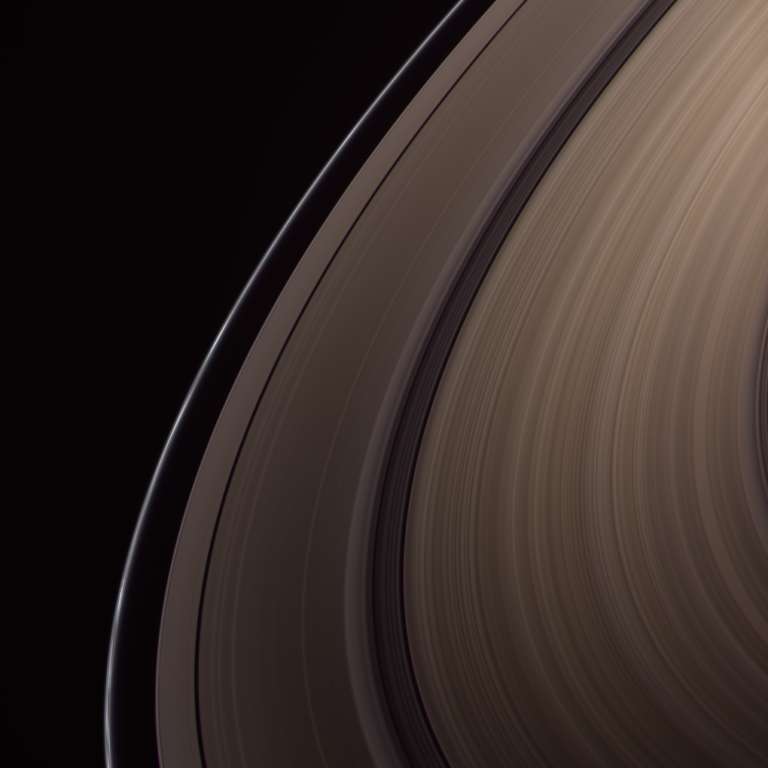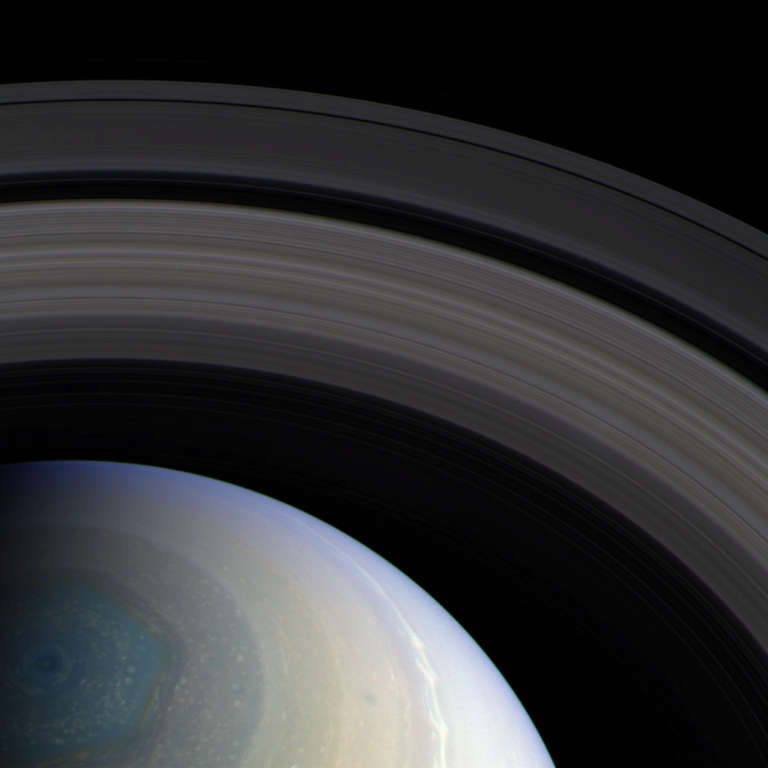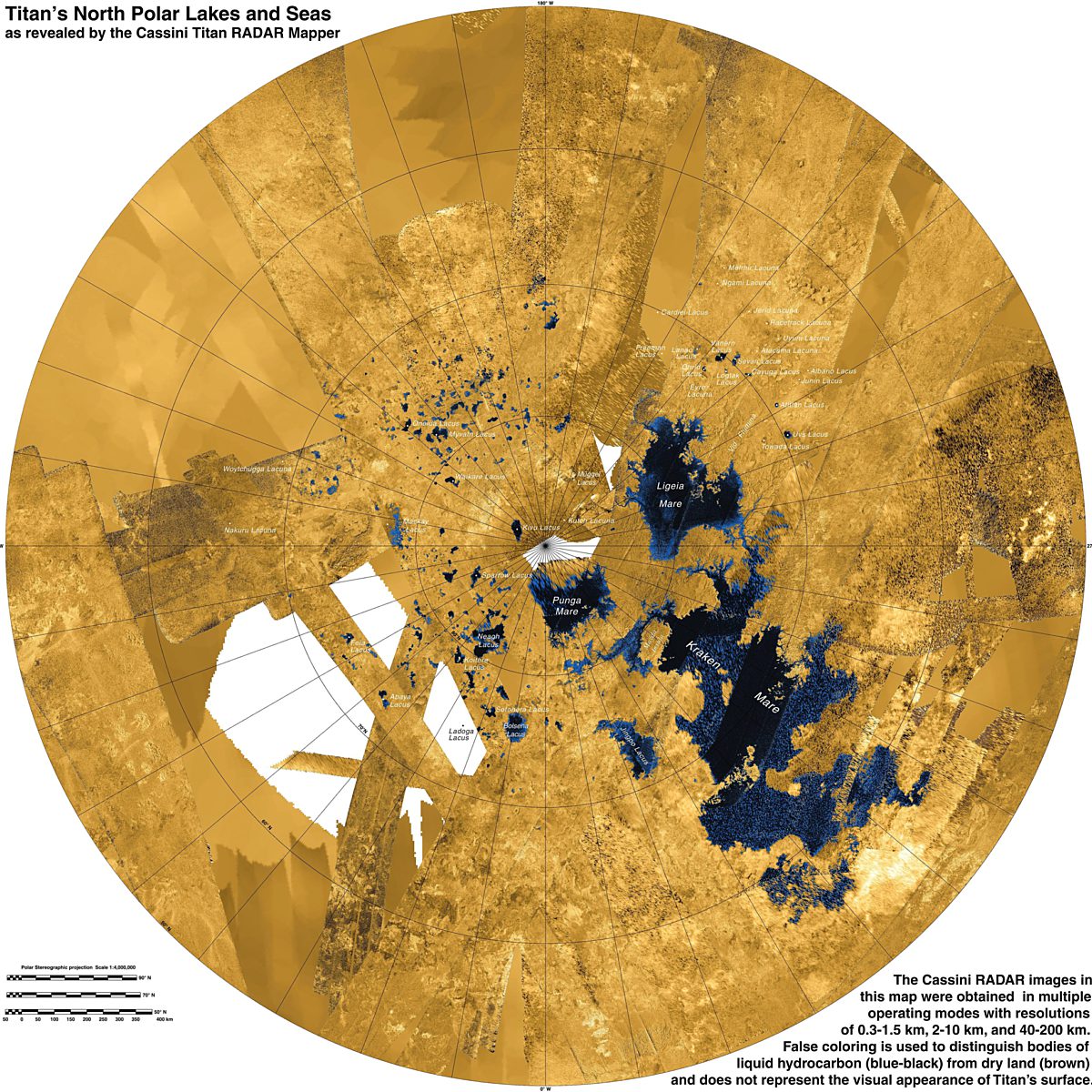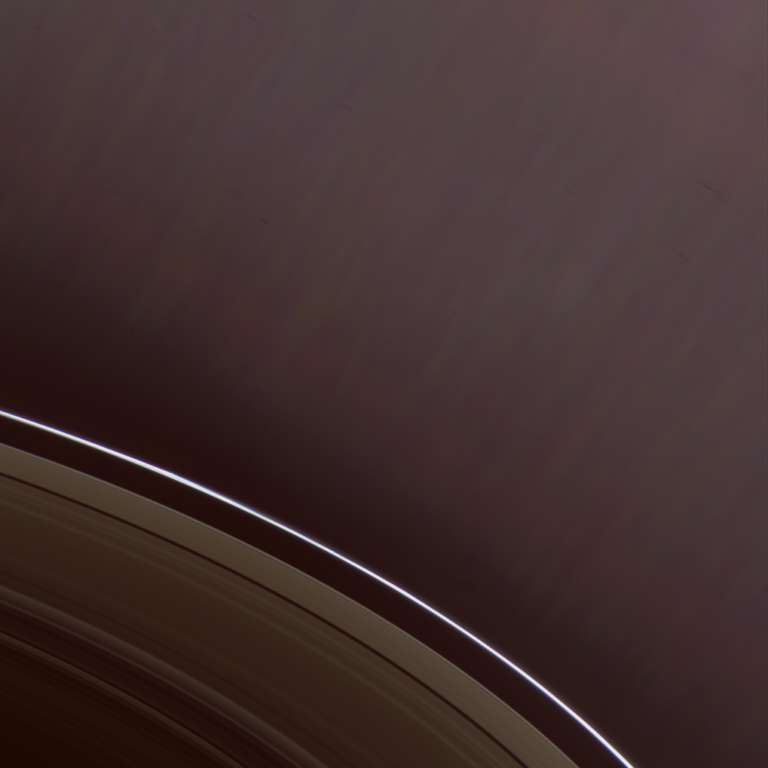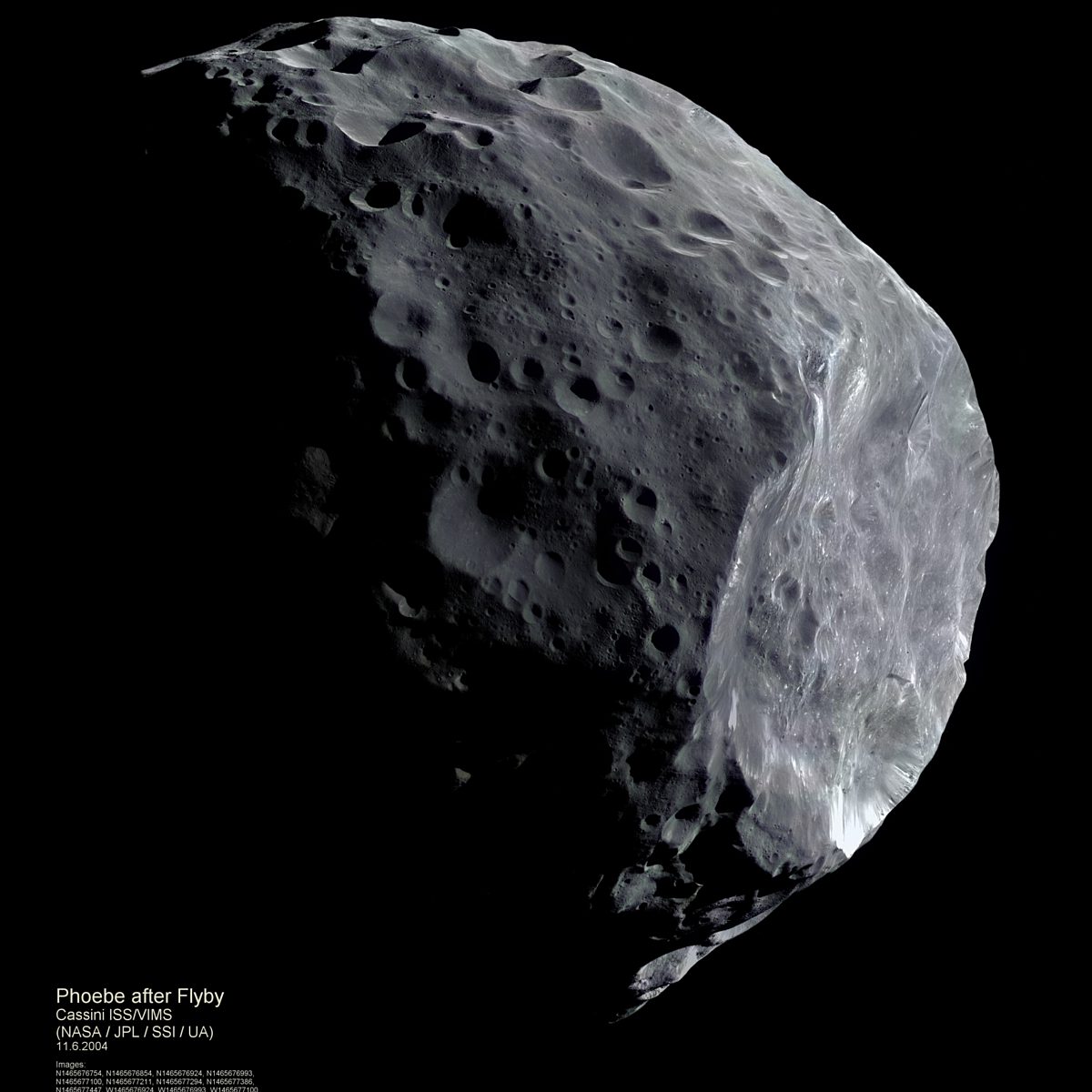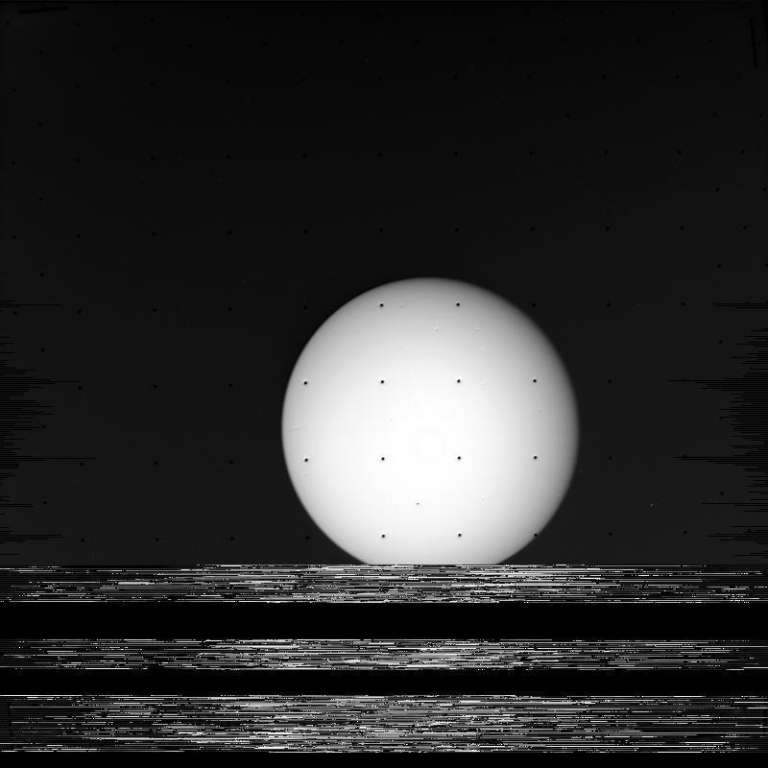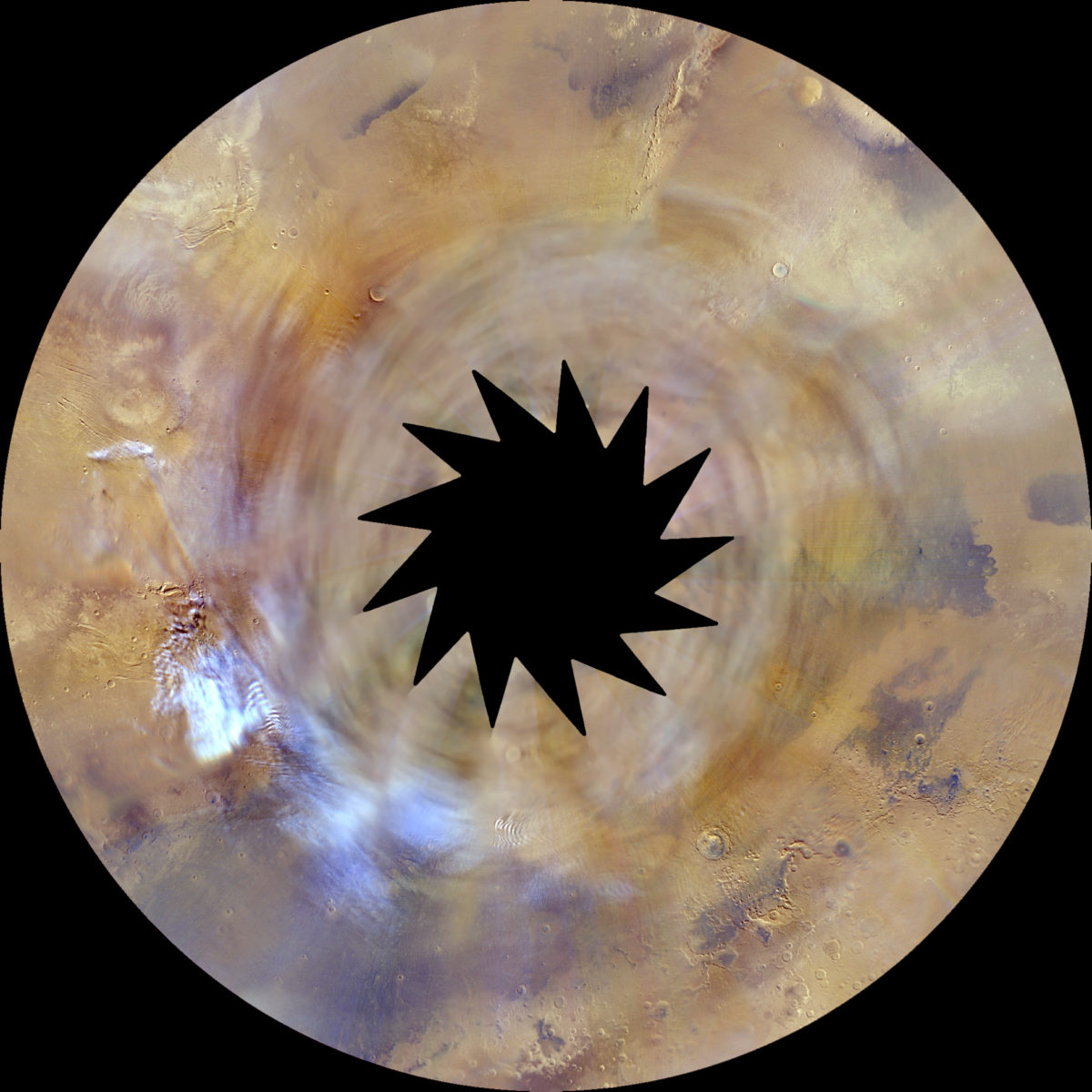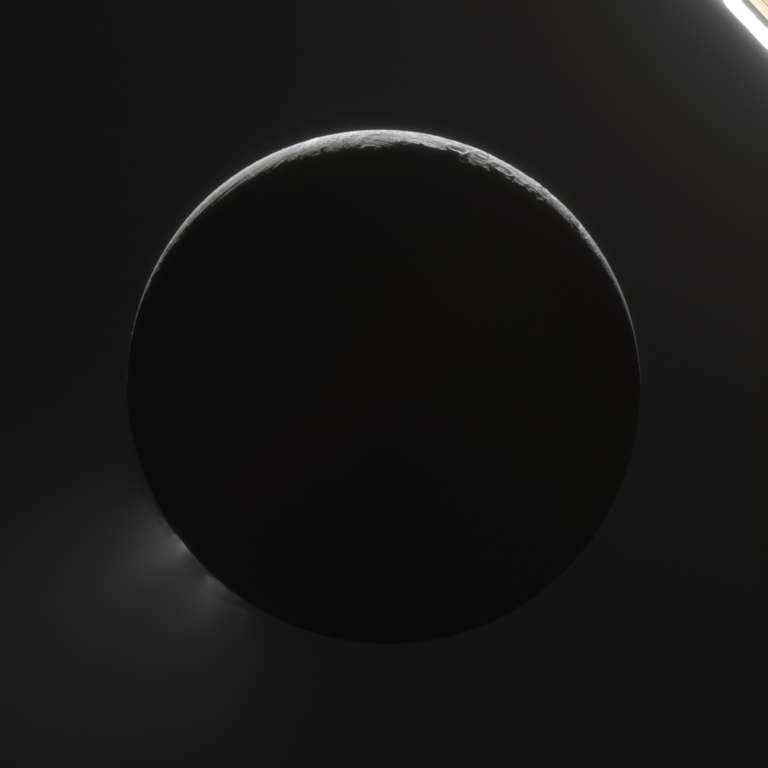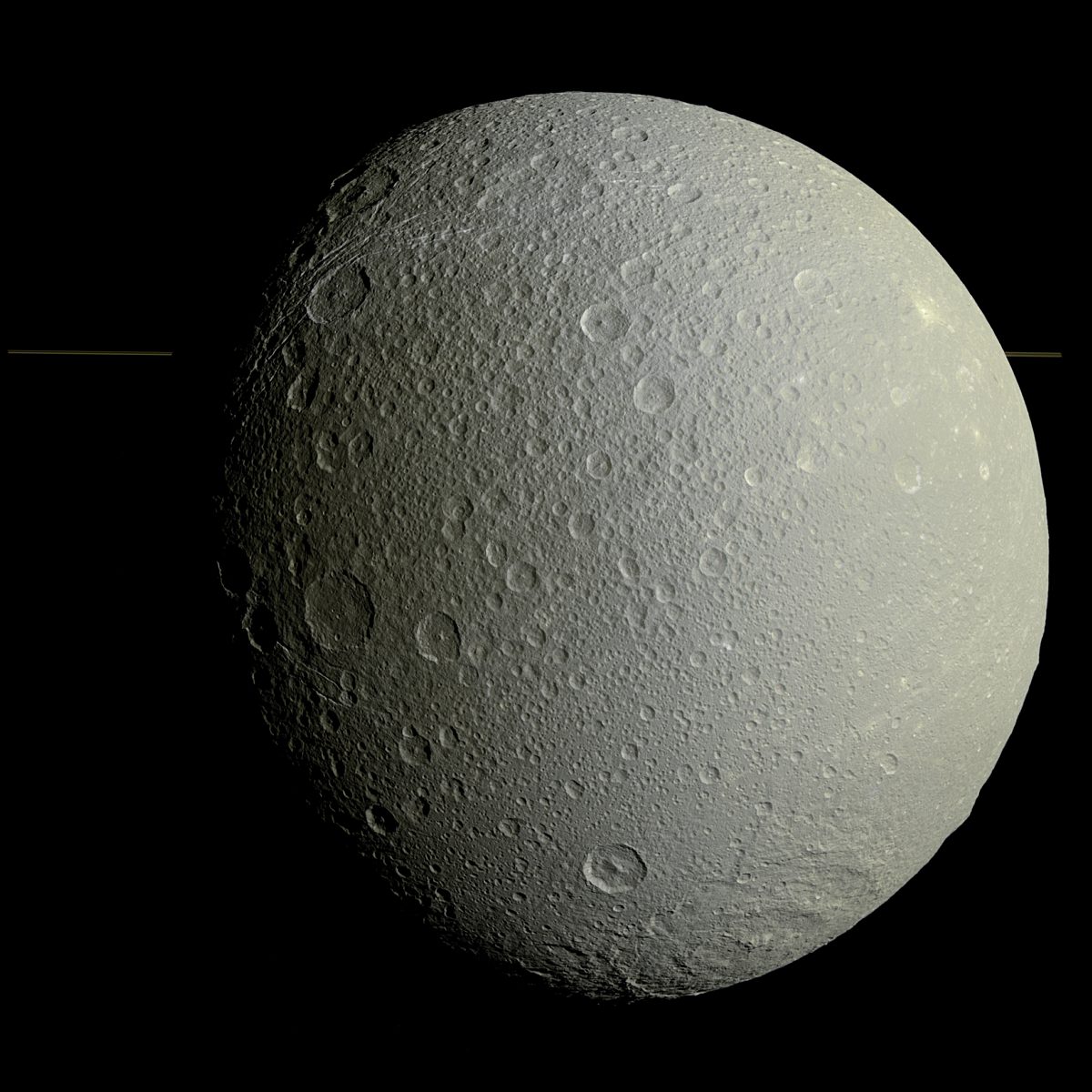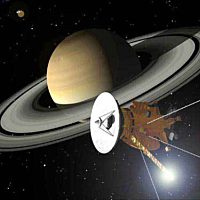All
All
Stories, updates, insights, and original analysis from The Planetary Society.
On the masses and motions of mini-moons: Pandora's not a "shepherd," but Prometheus still is
As Cassini celebrates 10 years at Saturn, we're beginning to see its long-term observations of Saturnian moons bear fruit. A surprising new result: While Prometheus exerts control over the F ring and Atlas, Pandora -- long thought to be a shepherd of the F ring -- does not.
A close look at Saturn's closest moons
A new composite image of the eight named moons that orbit closest to Saturn, and a list of all the best Cassini observations of these moons.
Of Rings and Resolution
Seeing Saturn before and after Cassini.
Another Day in the Solar System
One day, five worlds.
Another Pale Blue Dot — Uranus Spied By Cassini
The Cassini mission has already returned an array of images of other solar system members from Saturn orbit: Earth (and the Moon), Venus, Mars, and Jupiter. It’s time to add another world to that list!
Discovery Missions for an Icy Moon with Active Plumes
In December, scientists announced the discovery of possible plumes of water being ejected from Jupiters’s moon Europa. If confirmed, Europa would be the second moon with confirmed plumes after Saturn’s moon Enceladus. Two Discovery mission proposals for Enceladus suggest the types of missions that may be proposed for Europa.
LPSC 2014: Titan's Land of Lakes
Report from a varied session on Titan's lakes at this year's Lunar and Planetary Science Conference.
Snapshots of Science from the 2014 Lunar and Planetary Science Conference
Vignettes from dozens of LPSC talks: GRAIL and LADEE at the Moon; ice and craters and conglomerates and organics and gullies on Mars; polar deposits and volatile elements on Mercury; tectonics on Enceladus; and more, until my brain was so full I could barely speak.
Dancing With Saturn
Cassini images in motion.
Titan's lakes: The basics
Since Seth MacFarlane tweeted that this weekend's episode of Cosmos was going to include a segment on lakes on Titan, I thought I'd write a post explaining the basics of Titan lakes.
A little fun with Cassini rings images
It's happened again; I went into the Cassini image archive looking for something specific and wound up spending several hours playing with totally unrelated image data. Here are several beautiful images of the rings from the archives.
The Two Faces of Phoebe
Cassini flew past Phoebe on June 11, 2004, on its way to entering Saturn orbit. The flyby was almost perfect but overexposure of some images have prevented color mosaics from being produced. Even though Phoebe's body is gray and dull in color, the absence of color images always provoked me. By using VIMS data, I have now produced color mosaics.
Through a Glass, Darkly
When sent from deep space, even imperfect images can inform and amaze.
Polar vortices across the solar system
Earth's polar vortex has been in the American news all week. But we're not the only planet that has one; basically every world that has an atmosphere has a polar vortex. Here are lots of pretty pictures and animations of polar vortices.
Enceladus huffs and puffs: plumes vary with orbital longitude
In which I finally get around to writing about a paper published last August: Enceladus' plumes sometimes spout more and sometimes spout less, depending on where Enceladus is in its orbit. This discovery was enabled by Cassini's longevity at Saturn, and we'll be able to follow up on it, as long as Cassini is allowed to complete its mission.
Pretty picture: newly processed high-res view of a fractured icy moon, Dione
Here's a lovely new view of Dione, one of the lovely mid-sized icy moons of Saturn, assembled by Daniel Macháček.
Cosmos with Cosmos Episode 6: Travellers' Tales
The Voyager mission may be the ultimate expression of our desire to explore, but why does that will exist in the first place? Why is it unique to humans?
Just what is going on in that magnificent Cassini image of Saturn?
It took months of work (and no wonder) but the wait was worth it: here is Cassini's spectacular view of Saturn, captured on July 19, 2013, as Cassini passed through Saturn's shadow. If you're a little confused by the image, I'm here to help: I've posted a video explainer.
Will We Lose Cassini’s "New" Mission at Saturn to Budget Cuts?
NASA’s shrinking budgets for planetary exploration may force it to decide between continued funding for the Saturn Cassini mission and the continued funding for its Mars missions.
DPS 2013: The fascination of tiny worlds
In which I summarize Joe Veverka's Kuiper Prize talk at the Division for Planetary Sciences meeting:


 Explore Worlds
Explore Worlds Find Life
Find Life Defend Earth
Defend Earth


 Sun
Sun Mercury
Mercury Venus
Venus Earth
Earth Mars
Mars Jupiter
Jupiter Saturn
Saturn Uranus
Uranus Neptune
Neptune Small Bodies
Small Bodies

